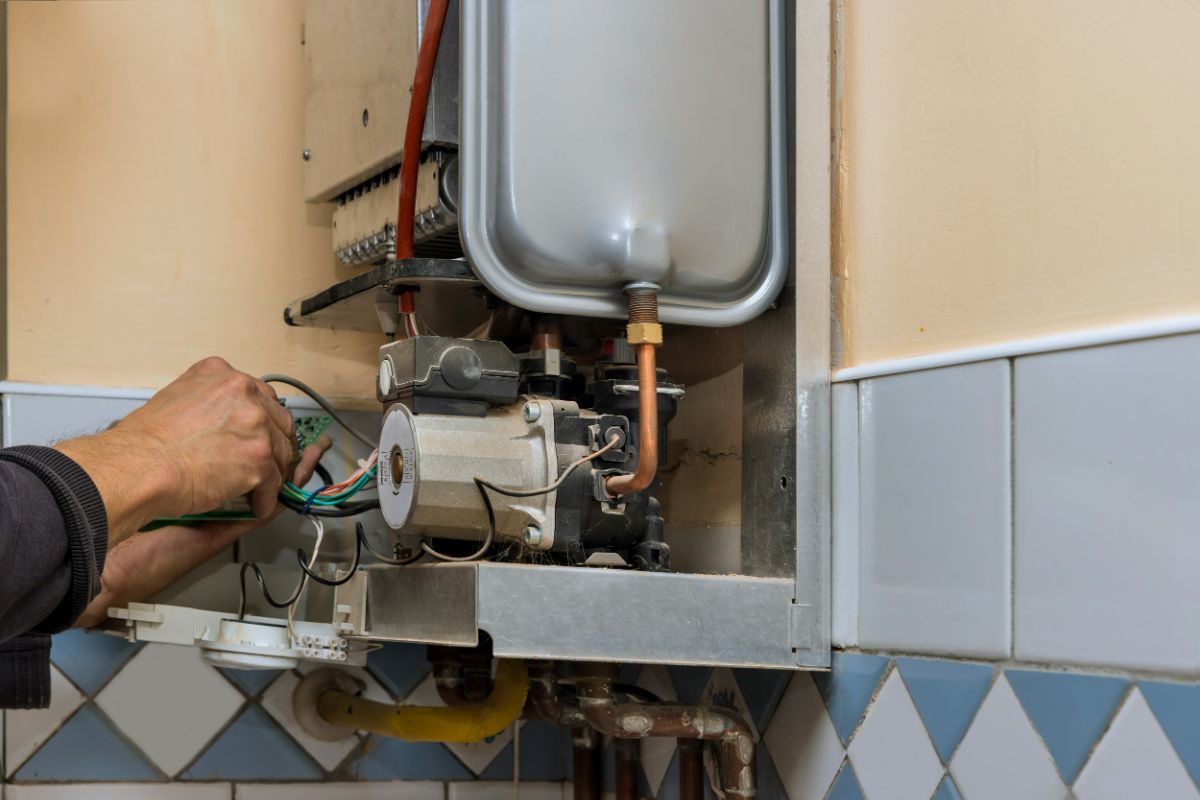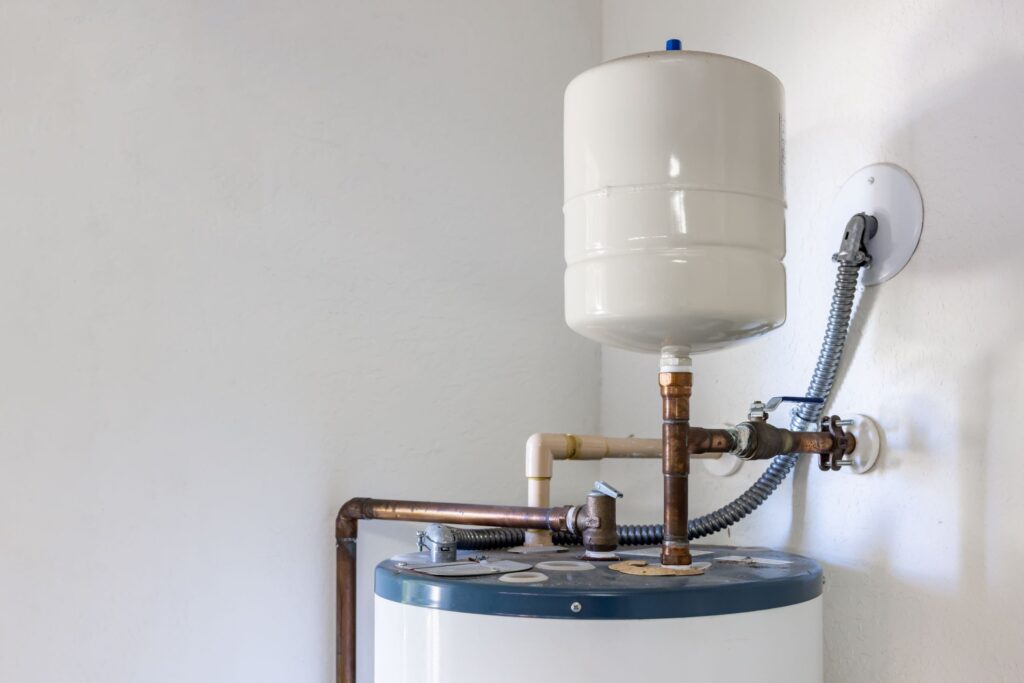Steps to Successfully Care for Your Home's Hot Water System
Steps to Successfully Care for Your Home's Hot Water System
Blog Article
Almost everyone maintains his or her own idea about Tips on Maintaining a Water Heater.

Hot water is essential for day-to-day convenience, whether it's for a refreshing shower or washing meals. To ensure your warm water system runs successfully and lasts much longer, normal maintenance is vital. This post offers useful ideas and insights on just how to keep your home's warm water system to prevent disruptions and costly repairs.
Introduction
Preserving your home's hot water system might appear complicated, however with a few basic steps, you can guarantee it operates efficiently for many years to find. This guide covers everything from understanding your warm water system to do it yourself upkeep pointers and understanding when to call in expert aid.
Relevance of Keeping Your Hot Water System
Regular upkeep not just extends the life-span of your hot water system yet also guarantees it runs effectively. Neglecting maintenance can bring about reduced performance, higher energy expenses, and also premature failing of the system.
Signs Your Hot Water System Demands Maintenance
Knowing when your warm water system needs interest can prevent major concerns. Look out for indicators such as inconsistent water temperature level, strange noises from the heating unit, or corroded water.
Understanding Your Hot Water System
Before diving into upkeep jobs, it's useful to comprehend the standard components of your hot water system. Generally, this includes the hot water heater itself, pipelines, anode poles, and temperature controls.
Regular Monthly Upkeep Tasks
Regular regular monthly checks can aid capture small issues before they intensify.
Purging the Water Heater
Flushing your water heater eliminates debris build-up, boosting efficiency and prolonging its life.
Monitoring and Changing Anode Rods
Anode poles prevent corrosion inside the storage tank. Examining and changing them when worn out is essential.
Examining and Changing Temperature Level Setups
Changing the temperature level setups makes sure optimal performance and safety.
DIY Tips for Maintenance
You can perform a number of maintenance tasks on your own to maintain your hot water system in leading problem.
Checking for Leaks
Frequently examine pipes and links for leakages, as these can lead to water damage and higher expenses.
Checking Stress Alleviation Valves
Testing the stress safety valve ensures it functions properly and protects against extreme stress accumulation.
Protecting Pipes
Insulating hot water pipelines lowers warmth loss and can save energy.
When to Call a Professional
While DIY upkeep is advantageous, some issues require professional experience.
Facility Concerns Needing Specialist Aid
Instances consist of major leaks, electric issues, or if your water heater is regularly underperforming.
Regular Specialist Upkeep Advantages
Specialist upkeep can include comprehensive inspections, tune-ups, and making certain conformity with safety requirements.
Final thought
Normal maintenance of your home's hot water system is necessary for effectiveness, long life, and expense financial savings. By following these tips and understanding when to seek expert help, you can make sure a trustworthy supply of warm water without unforeseen disruptions.
How to Maintain an Instant Hot Water Heater
Before tinkering with your hot water heater, make sure that it’s not powered on. You also have to turn off the main circuit breaker and shut off the main gas line to prevent accidents. Also turn off the water valves connected to your unit to prevent water from flowing into and out of the appliance. 2. When you’re done, you have to detach the purge valves’ caps. These look like the letter “T†and are situated on either side of the water valves. Doing so will release any pressure that has accumulated inside the valves while at the same time avoid hot water from shooting out and burning your skin. 3. When the purge valves’ caps are removed, you have to connect your hosing lines to the valves. Your unit should have come with three hoses but if it didn’t, you can purchase these things from any hardware or home repair shops. You can also get them from retail stores that sell water heating systems. Read the user’s manual and follow it to complete this task properly. When the hosing lines are connected, open the purge port’s valves. 4. You should never use harsh chemical cleaners or solutions when cleaning your unit. Make use of white vinegar instead. It should be undiluted and you’ll probably use about 2 gallons. 5. Now flush your water heater. This task should probably take about 40 minutes. We can’t give you specific directions for this because the procedure is carried out depending on the type, model and brand of your heater. With that being said, refer to the user’s manual. 6. When you’re done draining the unit, you have to turn off the purge port valves again. Remove the hosing lines that you earlier installed on each of the water valves. Put the valve caps (purge port) back in their respective places and be very careful so as not to damage the rubber discs that are found inside these caps. 7. Now that everything’s back in place, check your user’s manual again to find out how to reactivate your water heating system. 8. Once it is working, turn one of your hot water faucets on just to let air pass through the heater’s water supply pipes. Leave the tap on until water flows smoothly out of it. https://www.orrplumbing.com/blog/2014/september/how-to-maintain-an-instant-hot-water-heater/

I was made aware of that article about How to Maintain Your Water Heater & Prolong its Life from a friend on a different web address. Please take a moment to share this content if you liked it. We value reading our article about Tips on Maintaining a Water Heater.
Schedule Appointment Now Report this page